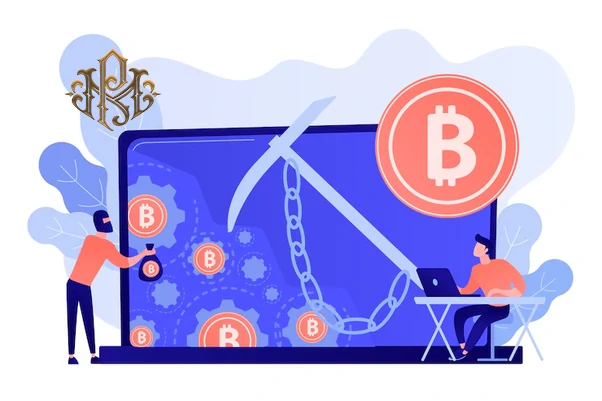
Close



Mining pools play a crucial role in the world of cryptocurrency mining. In essence, a mining pool is a group of miners who combine their computing power to increase their chances of solving complex mathematical equations and earning rewards. In this essay, we will explore what a mining pool actually is and how it operates.
To understand how a mining pool works, it is first important to have a basic understanding of how cryptocurrency mining itself works. Cryptocurrency such as Bitcoin is generated through a process known as mining. Miners use their computer hardware to solve complex mathematical equations, which is necessary to validate transactions on the network and generate new blocks of the blockchain. As a reward for their efforts, miners earn a certain amount of cryptocurrency.
However, mining cryptocurrency is not an easy task, and it requires specialized hardware and a significant amount of energy. Additionally, the competition is often intense, with many miners competing to be the first to solve the mathematical equation and receive the reward.
This is where mining pools come in. By joining a mining pool, individual miners can combine their computing power with that of other miners in the pool. This means that instead of each miner working on their own to solve the same mathematical equation, they are working together as a team, with the pool sharing the computational load. When the pool successfully solves the equation, the reward is distributed amongst the members of the pool based on their contribution to the overall computational power.
Mining pools usually charge a fee for their services, which is typically a percentage of the reward earned by the pool. The fee covers the cost of maintaining the pool’s infrastructure, including servers, software, and the costs associated with electricity and cooling.
advanced mining pools use a system known as “share difficulty” to manage the distribution of rewards amongst miners. In this system, each miner is assigned a difficulty level which determines how much computational power they need to contribute in order to earn a share of the reward.

mining pool
The difficulty level is determined by the pool based on the miner’s hardware and computing power. Miners with more powerful hardware and higher computational power will be assigned a higher difficulty level, meaning that they will need to contribute more computational power to earn a share of the reward.
This system ensures that rewards are distributed fairly amongst miners, regardless of their hardware or computational power. Additionally, it helps to prevent larger miners from dominating the pool and earning a disproportionate amount of the rewards.
Another important aspect of mining pools is the choice of mining algorithm. Different cryptocurrencies use different mining algorithms, and some algorithms are more suited to pool mining than others. For example, the SHA-256 algorithm used by Bitcoin is well-suited to pool mining, while other algorithms such as Scrypt used by Litecoin can be more difficult to pool mine.
Finally, it is worth noting that mining pools are not without their drawbacks. By joining a mining pool, miners give up a certain degree of control over the mining process, including the choice of which transactions to validate. Additionally, mining pools can be vulnerable to attacks such as “51% attacks” where a single miner or group of miners gain control of more than 50% of the pool’s computational power, allowing them to manipulate the blockchain and potentially double-spend transactions.
In conclusion, mining pools are an essential part of the world of cryptocurrency mining, providing individual miners with a way to combine their resources and increase their chances of success. While there are some potential drawbacks to joining a mining pool, the benefits of reduced volatility, increased chance of success, and fairer distribution of rewards make them an attractive option for many cryptocurrency miners.